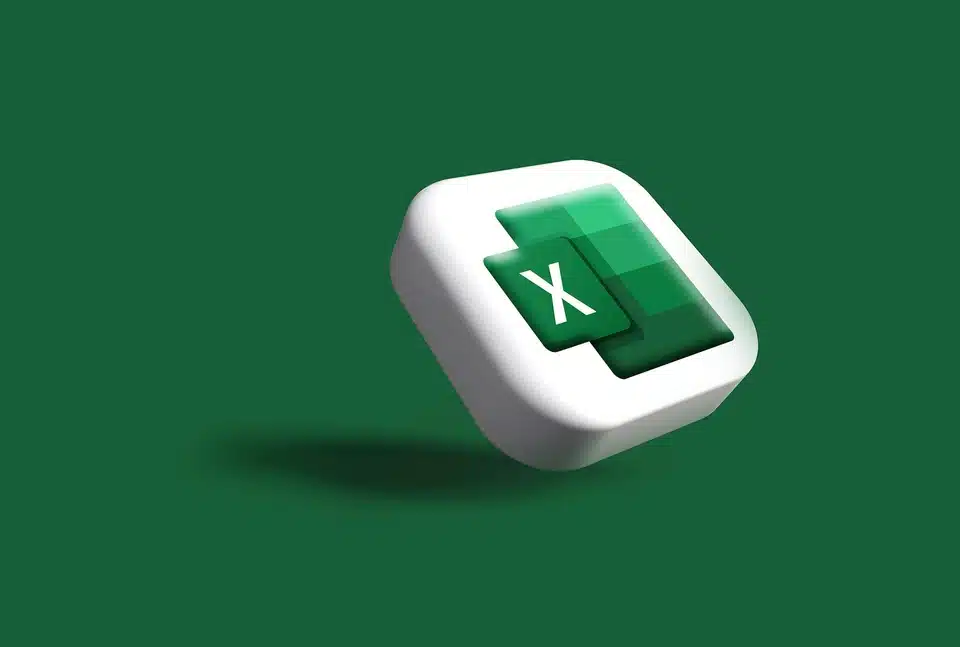The question is, how long will it remain so?
First some background. Excel was not the first, or even the second, spreadsheet program. Lotus 123 was introduced two years before Excel, four years after VisiCalc. Lotus 123 was the spreadsheet standard until the early 1990s when Windows and its integrated office tools began chewing away at its 70% market share. By the late 1990s Lotus 123 was a marginal player; by 2013 it was no more.
I use Excel daily. I am one of the more than 400MM paid users of the cloud version of the program. Its current market share rival, Google Sheets, is a free, copy-cat product. What do I think of it? You get what you pay for.
So, when I ponder the future of Microsoft’s signature spreadsheet program, I am not referring to the possibility of Google Sheets displacing it. I am referring to how artificial intelligence (AI) will impact data analysis in the future. Will my trusty Excel be seen as outdated, replaced by an easier-to-use and more powerful AI alternative? Perhaps. Time will tell.
In the meantime, Microsoft has introduced a new AI assistant for Excel. It uses language prompts, making it easier for those unfamiliar with Excel formulas and terminology. I have yet to use this new assistant, but plan to do so the next time a spreadsheet calls for macros or, say, an HLOOKUP function.
Until then, I will simply have to live with the #DIV/0! and #VALUE! errors that serve as welcome reminders that spreadsheets are far from infallible . . . no matter how experienced the user. (See my previous blog on this subject).

Peter has spent the past twenty-plus years as an acting/consulting CFO for a number of small businesses in a wide range of industries. Peter’s prior experience is that of a serial entrepreneur, managing various start-up and turnaround projects. He is a co-founder of Keurig.





